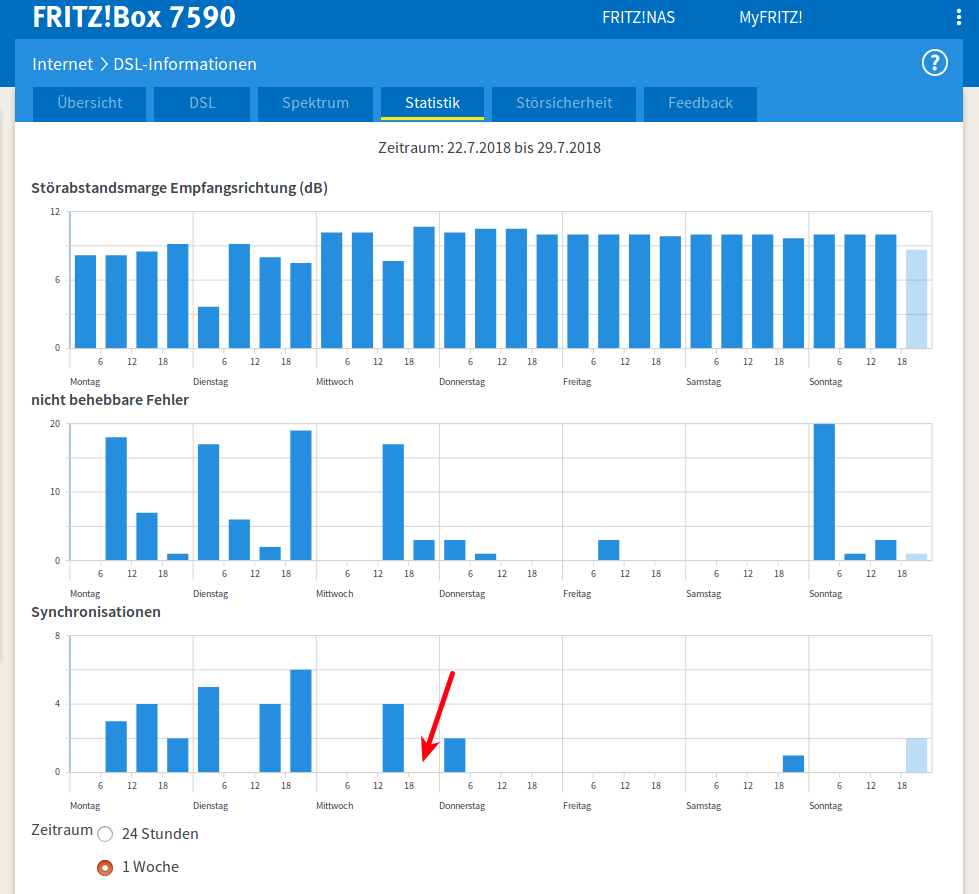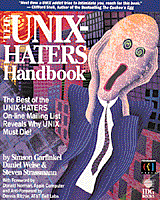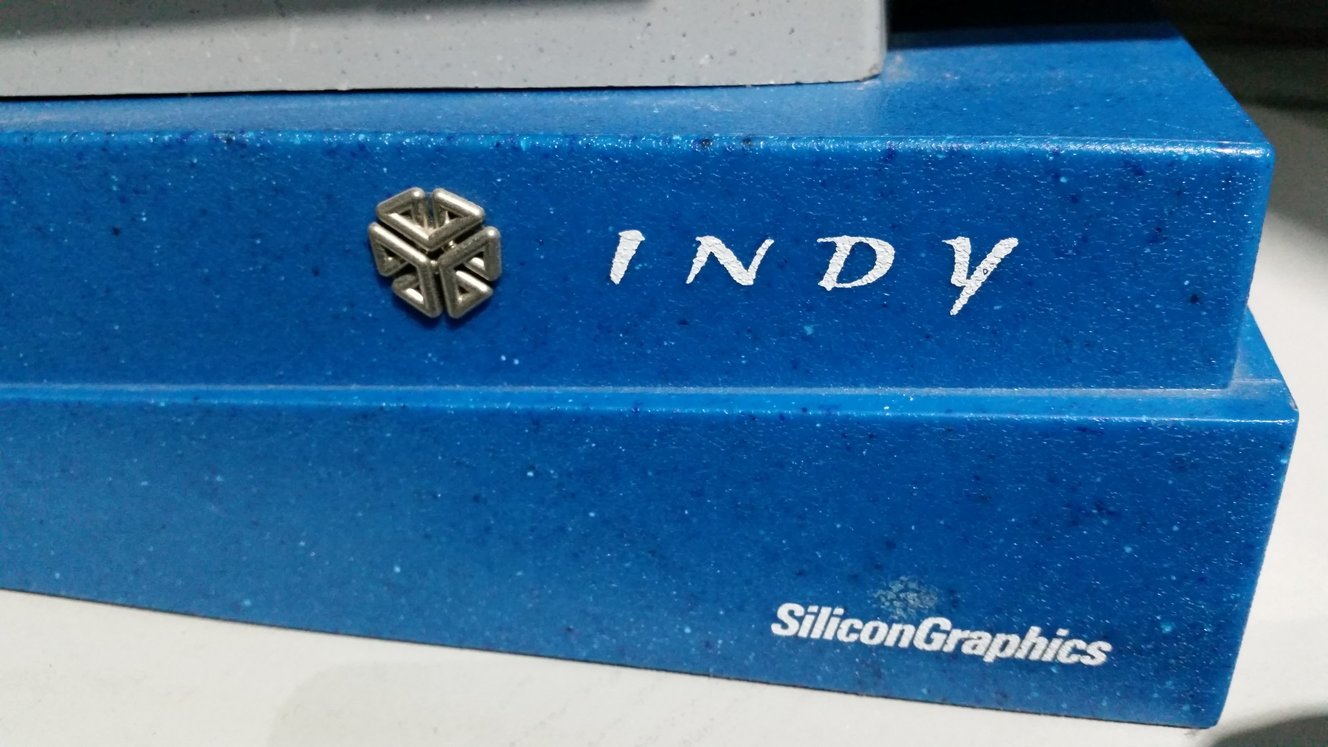 When most people think about Cambridge, they think about the colleges in medieval looking buildings and lots of history. And indeed, there is lots of history, including a lot of computer history! After all, Cambridge was a computing hotspot after the second world war and again in the 1980s when companies like Sinclair and Acorn set up their shop there. If you are interested in this part of ‘memory lane’, have a look at ‘Turing, Hauser, Sinclair – haunt computing’s Cambridge A-team stamping ground‘ over at ‘The Register’. Makes you see Cambridge in a different light than the mainstream bus tours! The picture above, by the way, is the house in which Clive Sinclair set up his office in the early days of the ZX80 and 81!
When most people think about Cambridge, they think about the colleges in medieval looking buildings and lots of history. And indeed, there is lots of history, including a lot of computer history! After all, Cambridge was a computing hotspot after the second world war and again in the 1980s when companies like Sinclair and Acorn set up their shop there. If you are interested in this part of ‘memory lane’, have a look at ‘Turing, Hauser, Sinclair – haunt computing’s Cambridge A-team stamping ground‘ over at ‘The Register’. Makes you see Cambridge in a different light than the mainstream bus tours! The picture above, by the way, is the house in which Clive Sinclair set up his office in the early days of the ZX80 and 81!
Category: Uncategorized
A Return To The Centre For Computing History
Back in December last year I could spend a few hours at the Centre for Computing History in Cambridge and loved the experience. A few days ago I was again in the area for a couple of days and fortunately, could spend some quality time in the museum yet again. A major plus there is that a lot of the exhibits are still in working condition and can be used by museum visitors. So I focused my attention on 3 machines this time around, as two of them were important devices in my personal computing history.
Continue reading A Return To The Centre For Computing History
Frequent Vectoring Resyncs Make Me Activate Plan B
 Sometimes, progress comes at a price. Back in June, my DSL line got ‘vectorized’ and based on what I could see in my DSL router, there was hope to get a significant speed boost in uplink and downlink from the 50 Mbit/s and 10 Mbit/s I had subscribed to so far. After vectoring was activated I noticed, however, that the line was not as stable anymore as it used to be. Unlike before, when the connection was stable over many weeks, the router now re-synchronized with the DSLAM once every few days. Despite this, I decided after about a month to upgrade my subscription to 100 Mbit/s downlink and 40 Mbit/s uplink speed, as I was really keen to get the higher uplink speed. Unfortunately, things started to go seriously wrong after the upgrade.
Sometimes, progress comes at a price. Back in June, my DSL line got ‘vectorized’ and based on what I could see in my DSL router, there was hope to get a significant speed boost in uplink and downlink from the 50 Mbit/s and 10 Mbit/s I had subscribed to so far. After vectoring was activated I noticed, however, that the line was not as stable anymore as it used to be. Unlike before, when the connection was stable over many weeks, the router now re-synchronized with the DSLAM once every few days. Despite this, I decided after about a month to upgrade my subscription to 100 Mbit/s downlink and 40 Mbit/s uplink speed, as I was really keen to get the higher uplink speed. Unfortunately, things started to go seriously wrong after the upgrade.
Continue reading Frequent Vectoring Resyncs Make Me Activate Plan B
Reset Command After A Broken NCurses Session
Probably everyone but me who uses the shell knows this secret but just in case I’m not alone I thought I’d share the following wisdom: Quite often I use ncurses based programs such as htop over an ssh session in a shell. And every now and then, the session is interrupted due to some network problem or remote reboot. This means that the shell returns to the prompt but the ncruses mode is still active. In other words, no cursor and strange characters popping up when special keys are pressed or the mouse is moved over the window. So how does one get back into the normal ‘shell’ mode? Turns out the answer is quite straight forward:
Continue reading Reset Command After A Broken NCurses Session
First 5G Networks Will be TDD, Not FDD
One thing I find quite interesting from a historical point of view is, that the first 5G networks will be based on TDD instead of FDD, at least on the 5G side of the equation.
Book Review – The Unix Haters Handbook
 Back in 1994, a book was published that I read at the time and up to this day, I am not sure how serious the people who wrote it were about it. Its title: ‘The Unix Haters Handbook‘. Having been in my bookshelf for the better part of the last 20 years, I recently stumbled over it again because quite some time ago, the authors have made an online version available to download for free.
Back in 1994, a book was published that I read at the time and up to this day, I am not sure how serious the people who wrote it were about it. Its title: ‘The Unix Haters Handbook‘. Having been in my bookshelf for the better part of the last 20 years, I recently stumbled over it again because quite some time ago, the authors have made an online version available to download for free.
Raising the Shields – Part 15b – Email Privacy!
Back in 2013 I set out to decentralize and to end-to-end encrypt as much of my private communication as possible (see here how it all began and here for the overall history). It’s been the year of the Snowden revelations and I was (and still am) more than just a bit concerned. Since then I’ve come a long way. It started with installing the Off-The-Record (OTR) plugin in my XMPP desktop messenger, checking certificates with Certificate Patrol, making sure an encrypted connection is always used when I send emails, using TOR for especially sensitive web sessions, automatically deleting cookies when the browser closes, using Nextcloud (Owncloud back then) for file sharing and synchronizing contacts and calendars between my devices, installing my own XMPP messaging server at home, encrypting my frequent remote screen sharing sessions and I started using my own VPN server at home. Lately, Nextcloud talk has become available for voice and video communication, so I’ve also regained a secure and end-to-end encrypted voice and video channel. There are a lot of other small things I have also implemented over the years but one major service has so far only been inadequately protected: eMail! Well, I’ve finally got a fix for that as well.
Continue reading Raising the Shields – Part 15b – Email Privacy!
Mastodon A Few Weeks Later
Back in mid-June I decided to have a look at Mastdon despite not being a social media type of person. But due to being federated and private, it was different so I went ahead and gave it a try. So how did it work out for me?
Still Lots of ‘Red Text’ in the 5G NR Standalone RRC Spec
These days, there is a lot of hype in the press about the race to get 5G networks off the ground. All press reports I’ve come across so far are about non-standalone network deployments in which the 4G network is the anchor for the connection and 5G resources are added when available. For an intro see my post from back last year on 5G Dual Connectivity (EN-DC). At some point, however, we will also see networks that support 5G in standalone mode in which there will be a 5G core network and devices that only talk to to 5G base stations (the gNode-Bs). Today, I wanted to take a look at how the RRC (Radio Resource Control) specification for 5G standalone looks like and was quite surprised that major parts are still missing from the corresponding specification document 3GPP TS 38.331.
Continue reading Still Lots of ‘Red Text’ in the 5G NR Standalone RRC Spec
The FDroid Store Compiles Apps Itself!
For quite some time now, I do not only use LineageOS (previously CyanogenMod) on my smartphone but, for very few exceptions, I also only use open source applications from the F-Droid app store. What I only recently learned, however, was that all applications offered via F-Droid are compiled by F-Droid out of their respective repositories.
